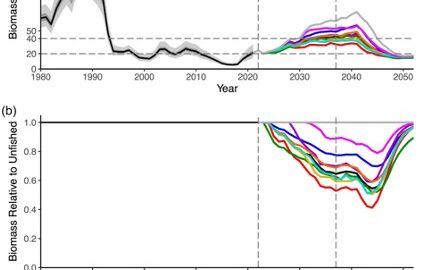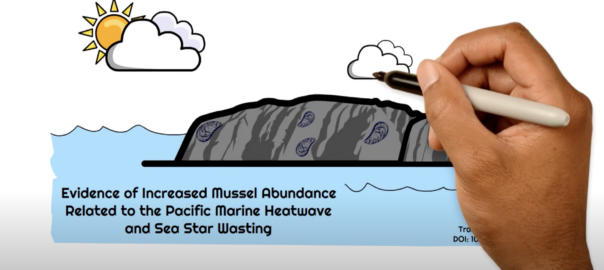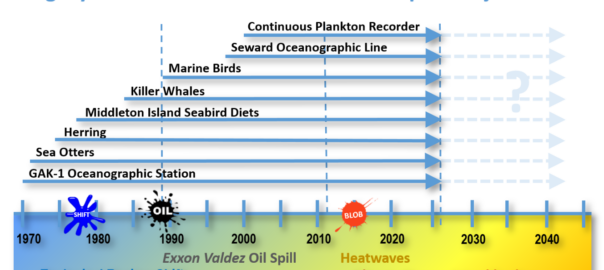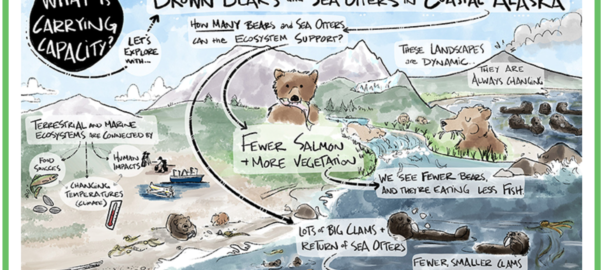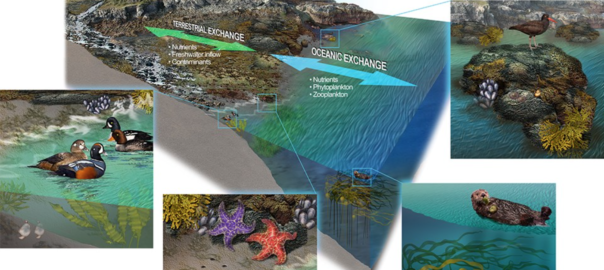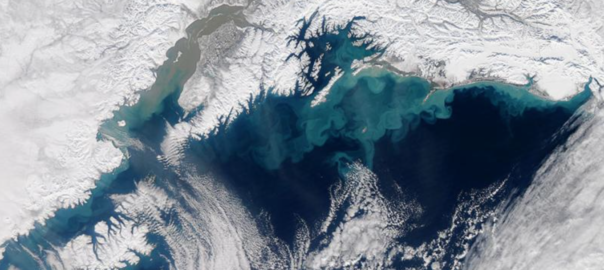A major marine heatwave in 2014, known as “The Blob,” had a severe impact on Alaska’s marine ecosystem and its resident killer whale population. New research shows that female killer whales that grew up during the heatwave are smaller, making them less able to store energy and less likely to have successful pregnancies. Long-term monitoring by researcher John Durban reveals that the population’s recovery, which had been ongoing since the Exxon Valdez oil spill, was largely reversed by the heatwave. While recent sightings of new, healthy calves offer hope, the effects of the 2014 heatwave still linger, and future climate-related events may further challenge the whales. The research highlights how apex predators, such as killer whales, serve as early indicators of broader ecosystem health and underscores the growing threat posed by climate change.

